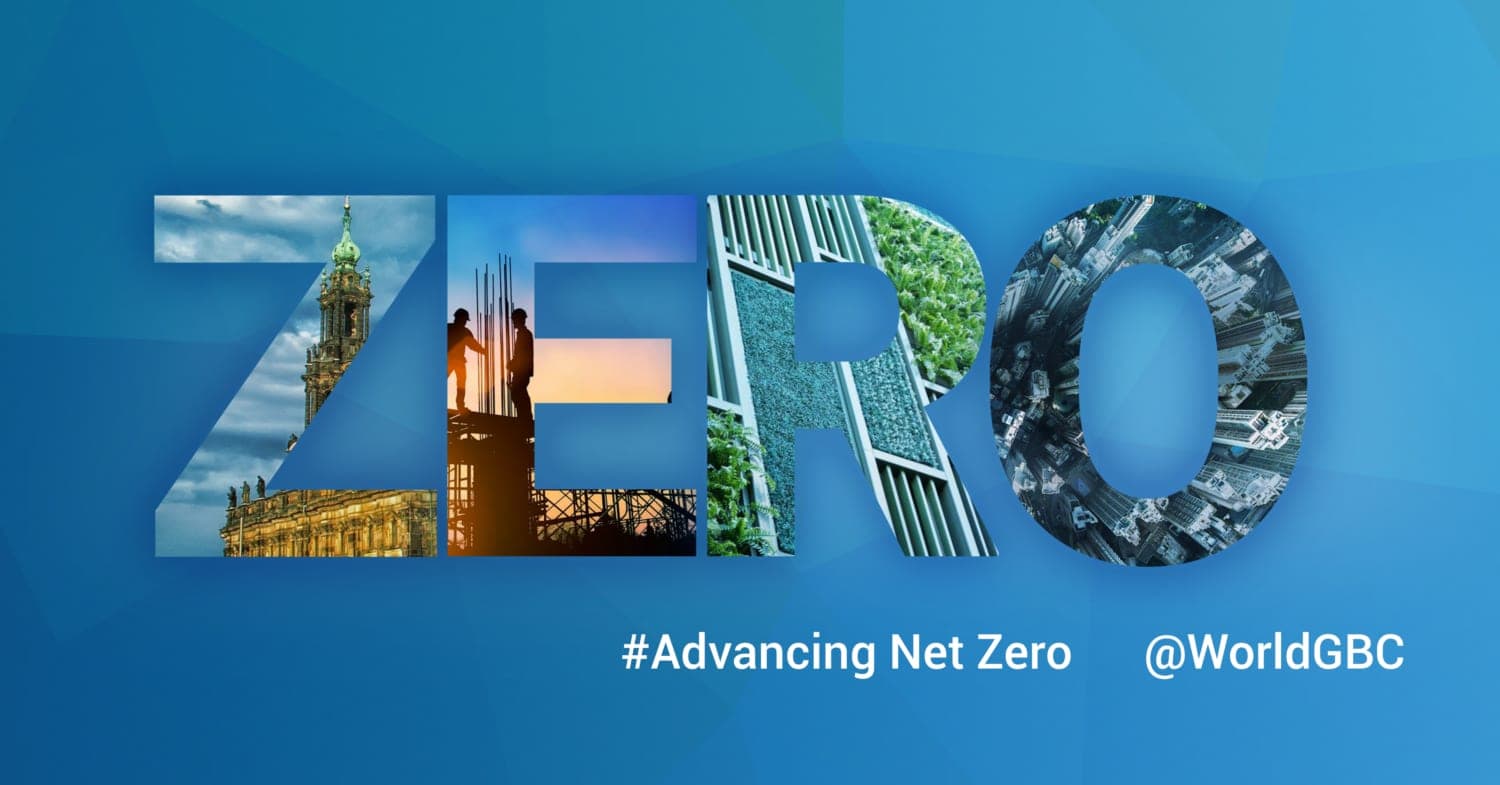
Thought
Getting to (Net) Zero
In June of 2019, the UK became the first major economy in the world to pass laws requiring net zero greenhouse gas emissions by 2050.
‘Zero carbon’ is an ambitious challenge and one that we at EVORA Global is well-poised at untangling.
So what do we mean by ‘zero carbon’?
Though there are two important contributors of carbon emissions in a building – embodied carbon and operational carbon – the focus of this article is on operational carbon. An operational zero carbon building is one that generates or purchases enough renewable energy to offset emissions from all energy consumption in the building over a year.
Does your project have a zero carbon goal in mind but is stymied with uncertainty of where to begin?Consider the following strategies:
Go all-electric
Going all-electric is a key to unlock zero carbon buildings – it enables the installation or purchase of renewable energy to offset the building’s total energy use.But what are the common barriers inhibiting this paradigm shift from conventional gas-fired heating to electric heat pumps?The legacy of gas-fired heating has, in part, been enabled due to historically low natural gas prices compared to electricity.Further, many facility management teams have inherited training to maintain conventional gas heating systems.As a result, it has been a challenging transition for facility managers to learn to maintain newer electric heat pump systems.
Yet times are changing.In contrast to trends seen in previous decades, the World Bank forecasts that natural gas prices from 2020 to 2030 will steadily increase [1].Moreover, the UK government predicts wholesale electricity prices flattening in the next decade, likely due to the concurrent greening of the electricity grid and the falling levelised cost of renewable energy [2]. Hence, an all-electric building does not solely unlock the potential for achieving zero carbon – it also minimises financial risks by reducing reliance on ever fluctuating fossil fuel commodities.
Furthermore, legislative drivers like the UK gas heating ban for new homes by 2025 are further facilitating maturity of the electric heat pump market and improving contractor familiarity with electric heating technologies.
Deep retrofits and passive design strategies
Zero carbon buildings will require retrofits deeper than “simple lightbulb savings” and operational quick wins.
The deep retrofits required will ultimately need to include improvements to the building fabric, defined as everything that separates the interior from the exterior of the building.To meet operational zero carbon goals, it will be necessary to consider high performance window glazing and installation of external or internal insulation to reduce heat loss through the building fabric.A tighter building fabric will not only help reduce heat loss in the building – the overall size (capacity) of the required HVAC systems will also be smaller, garnering additional energy savings and carbon reductions. For tenants, a tighter building fabric also results in a more thermally comfortable space to work in.
As mentioned previously, HVAC systems with gas-fired heating should be retrofitted with efficient electric heat pump systems. One replacement option is a variable refrigerant flow (VRF) system that can provide heating and cooling. A VRF system is highly efficient and, with proper controls installed, can even provide simultaneous heating and cooling to different spaces. For example, if a perimeter space (say, an office receiving solar gain from the windows) requires cooling and an interior space (say, desk cubicles where the sun does not reach) requires heating, it is possible for a VRF system to capture and redirect the heat from the perimeter space to the interior space.
Additionally, lighting retrofits should extend beyond installing energy efficient LED lighting. It is recommended that spaces maximise natural daylighting opportunities by installing controls to dim or shut off artificial lighting where there is enough natural light in the space. Studies have shown that providing indoor access to daylight can improve tenant satisfaction and productivity, while also conferring health and wellbeing benefits by aligning occupant circadian rhythms with the natural day and night schedule.
Clean, renewable energy
With a highly energy efficient building in hand, the remaining carbon emissions associated with operations should be offset by carbon-free renewable energy.
Although achieving zero carbon can be achieved using either on-site or off-site renewables, it is encouraged to prioritise on-site renewable generation.
On-site generation brings many benefits. In addition to alleviating pressure on the national grid, on-site generation also benefits tenants by providing resilience against power cuts to ensure business operations continue to run as usual.
If on-site renewable generation is not possible at the building, or is insufficient to offset the building’s operational carbon emissions, then purchasing off-site renewable energy should be considered. Power Purchase Agreements (PPAs) allow for the purchase of electricity directly from a renewable energy generator. For landlords, this provides a path to zero carbon without incurring large capital expenditures.
Zero carbon is set to be the gold standard for sustainable real estate. The EVORA Global team of experts are ready to discuss strategies to get your project on the path to zero!
[1]http://pubdocs.worldbank.org/en/598821555973008624/CMO-April-2019-Forecasts.pdf













